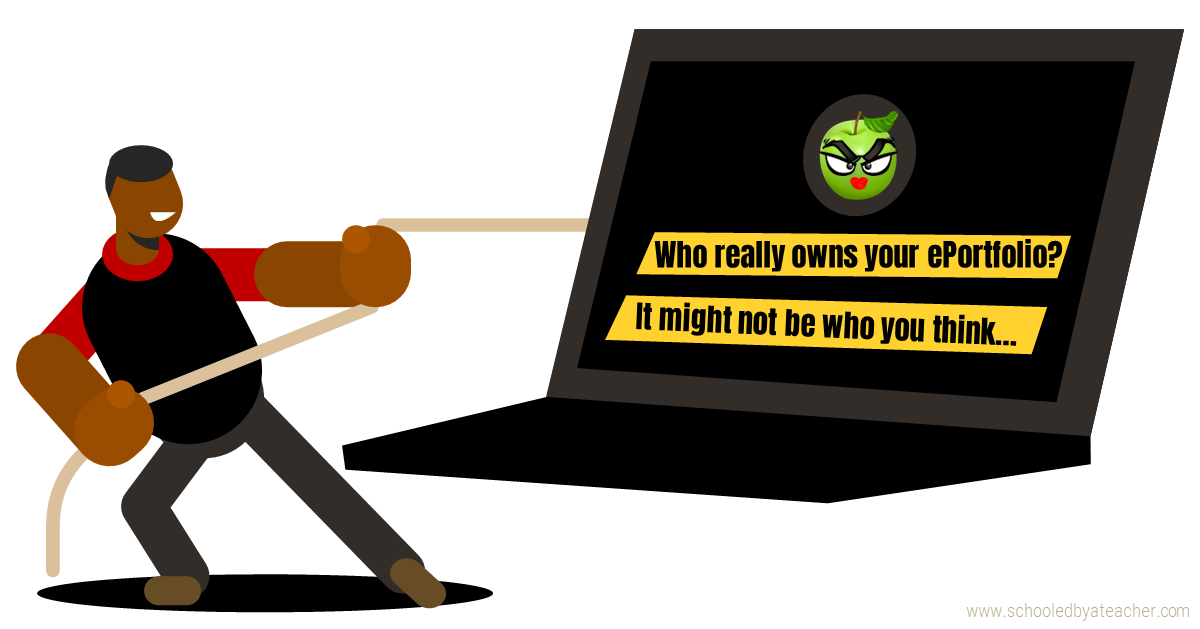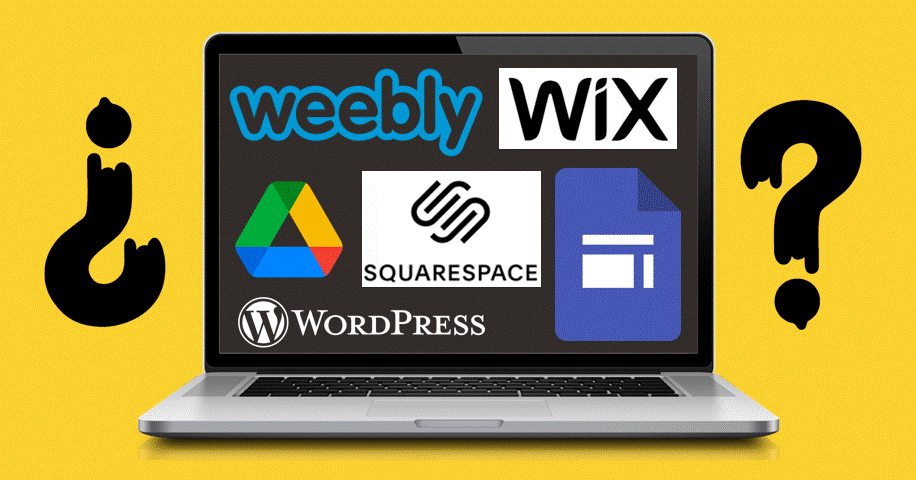Imagine This…

Picture yourself as a young student arriving in a new country, a new school, and a whole new world of uncertainty where everything seems unfamiliar and strange. You feel excited, scared, curious, and vulnerable all at the same time. School is daunting. You walk down the hallways, feeling like a solitary island in a sea of unfamiliar faces. The students around you chatter in an unfamiliar language and seem engrossed in the words of their friends. You yearn to communicate, to express yourself, but the struggle to find the right words hampers your confidence. In your classes, the teachers teach in the same unfamiliar language, and you put on a façade of understanding by nervously glancing around at your peers and closely mimicking what they do.
The language barrier is a challenge, and you continue to struggle to communicate, but your teachers provide you with the knowledge, skills, and tools to bridge the gap between your mother tongue and the new and unfamiliar language you have been immersed in. As you learn more about the new language and culture, you begin to feel more at home. You slowly start to make connections with kind classmates who help you navigate the new school. The academic content starts to make more sense, and you begin to find your own voice. You start to share your own stories and experiences, and you build friendships that transcend borders. You also feel like you have found a place in this new and rapidly changing world away from home.

In not so many words, this is everything my “Why” statement embodies. A “Why” statement is a clear and concise explanation of the purpose of an intended change. It is a statement that speaks to people’s hearts and makes them feel enthusiastic about the change. Mine tells of my and my teammate’s ambition to empower newcomer emergent bilingual (EB) students with the knowledge, skills, and tools to bridge cultures, embrace diversity, learn a new language, and excel academically in a world that is unfamiliar and continuously changing.
But in between those words and left unsaid are the lives, stories, dreams, and aspirations of the newcomer EB students who arrive in the United States every single day. However, as educators we are all too familiar with the diverse stories of the growing number of newcomers in our schools and the challenges they face as they work to learn a new language, learn academic content, and adapt to a new society and culture.
Start With the Why, Win Over Hearts, and Create an Urgency for Change
Listening to Simon Sinek’s TED Talk, “Start with Why — How Great Leaders Inspire Action,” helped me see why it is imperative to start with the WHY when advocating for change. According to Sinek, most people and organizations communicate from the outside in, starting with WHAT, continuing with HOW, and ending with WHY. However, this approach is not very effective in inspiring others, because it does not appeal to their emotions or values. Instead, Sinek suggests that we should communicate from the inside out, starting with WHY and ending with WHAT. This way, we can connect with people who share our vision and beliefs and inspire them to take action.

In the words of Sinek, “people don’t buy what you do, they buy why you do it.” In other words, people are more motivated by the purpose or the reason behind something, rather than the product or the process. Following up this exposure by writing a WHY, HOW, and WHAT statement was particularly useful in streamlining the overall mission and vision for our curriculum and the unique student group we aim to positively impact.
By articulating our WHY, I was able to identify the core values and beliefs that drive our work and also align them to the goals educators would typically have for the EB students on their campus. By clarifying our HOW, I was able to define the methods and strategies that differentiate our curriculum from others (that are geared to students who are native English speakers) and make ours effective for EB students. By specifying our WHAT, I was able to communicate the tangible outcomes and benefits that we deliver to our EB students.
Furthermore, in the videos the “Heart of Change” and “Leading Change: Establish a Sense of Urgency,” Professor John Kotter emphasizes the importance of winning over the hearts and minds of our audience and always initially establishing a sense of urgency, reducing complacency and negative feelings among the people who are going to be affected by a proposed or impending change. Writing WHY, HOW, and WHAT statements was a terrific way to do this… I was able to align our actions with our intentions and create a coherent and compelling narrative for our curriculum.
By connecting with people’s emotions and values, my WHY, HOW, and WHAT statements will hopefully inspire stakeholders to take action and embrace the change/innovation I am proposing; adopting a language arts curriculum that is specifically designed with newcomer EB students’ unique needs in mind. Because the WHY statement is rooted in a deeper purpose, I believe it will resonate with my audience, tap into their core values and beliefs, and create a profound connection that motivates them to strive for something greater for our newcomer EB students.





5 thoughts on “The Why, How, and What of Our Curriculum Building Journey”
Pingback: Collaboration in Learning (5302) and Strategizing (5304) - Schooled by a Teacher
Pingback: A Comprehensive Strategy for Implementing Change and Technology-Enhanced Project-Based Learning - Schooled by a Teacher
Pingback: A New Culture of Learning - Schooled by a Teacher
Pingback: COVA Reflection & Application to My Innovation and Future - Schooled by a Teacher
Pingback: A Great Journey of Innovation: Transforming Education for Newcomer Emergent Bilingual Students - Schooled by a Teacher
Comments are closed.